Wedding planning mode starts now.
How to Track Your Wedding Budget, According to Real Brides
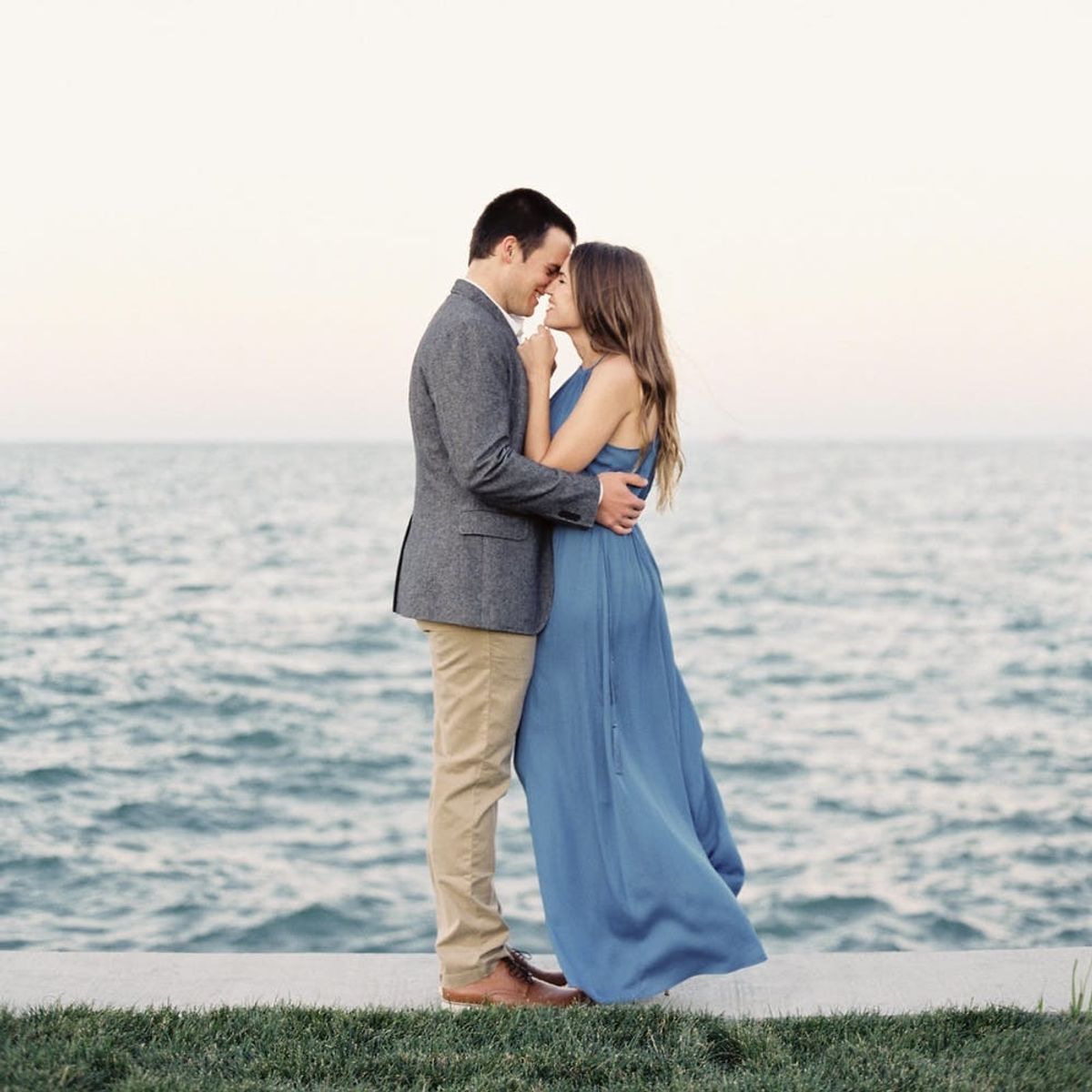
Getting hitched this year? By now, you probably already know that weddings can cost a pretty penny — especially if you’re planning a few extravagant splurges. It’s *super* important to have a budget in place before you start searching for the wedding dress or venue of your dreams, or just to help you avoid any of those wedding mistakes every bride makes. But how on Earth are you supposed to keep track of it all?? We chatted with 10 real brides who gave us the scoop on how to stay on top of the wedding budget. Read on to check out their IRL tips and learn how they managed all the details while planning their picture-perfect wedding.
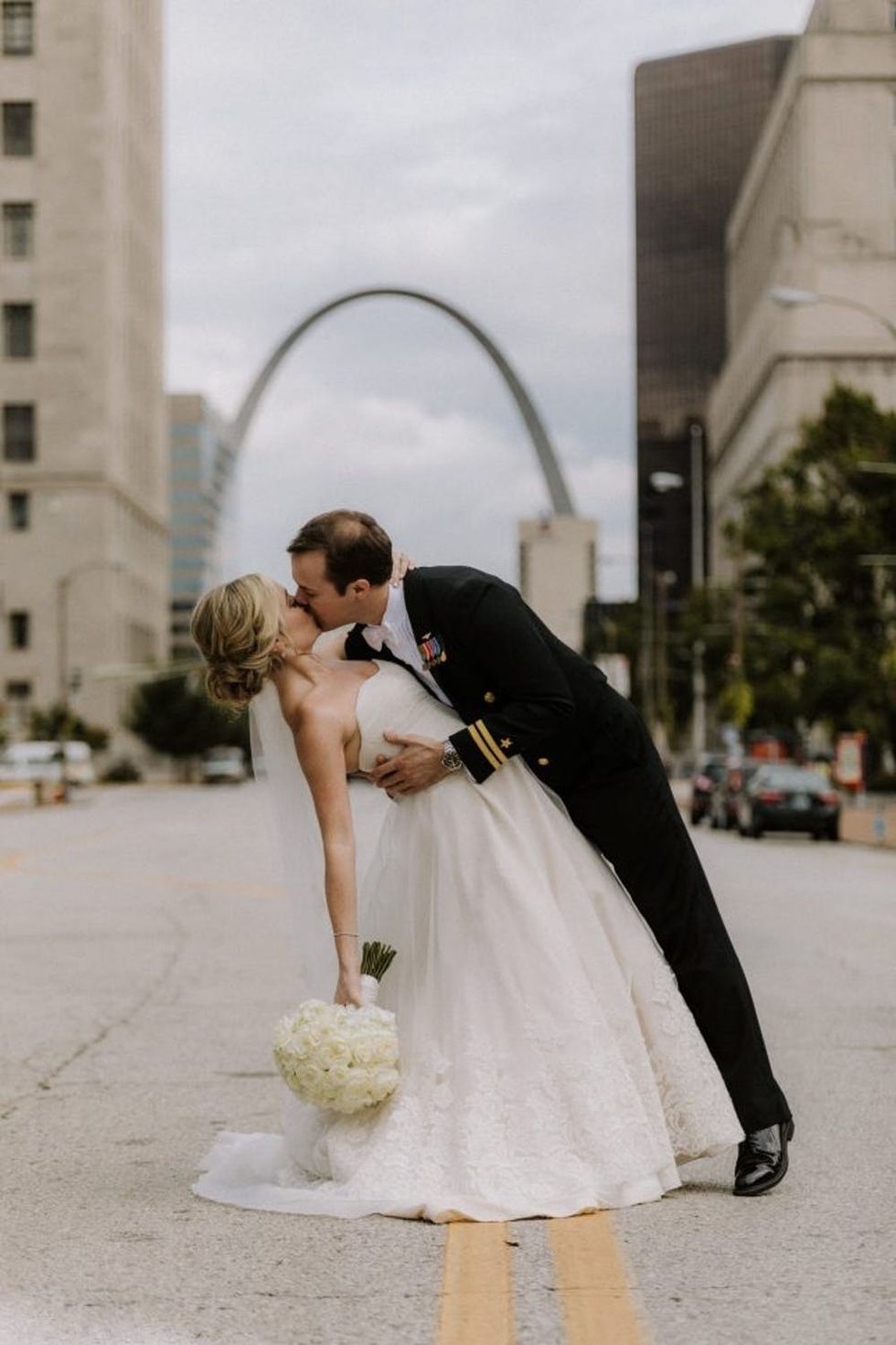
1. Break down the budget. “My husband (then fiance, obviously!) and I started with a solid plan of exactly who was contributing to the financing of the wedding and exactly how much each party was responsible for. Then, we determined whose money would pay what vendors and notified our parents (or made a note for ourselves) of the deadlines. We used a financial tracker from Southern Weddings to write out all of this information and keep track of who paid what and when.” (Kaitlyn Ivancic / Photo via Maria Newman Photography)
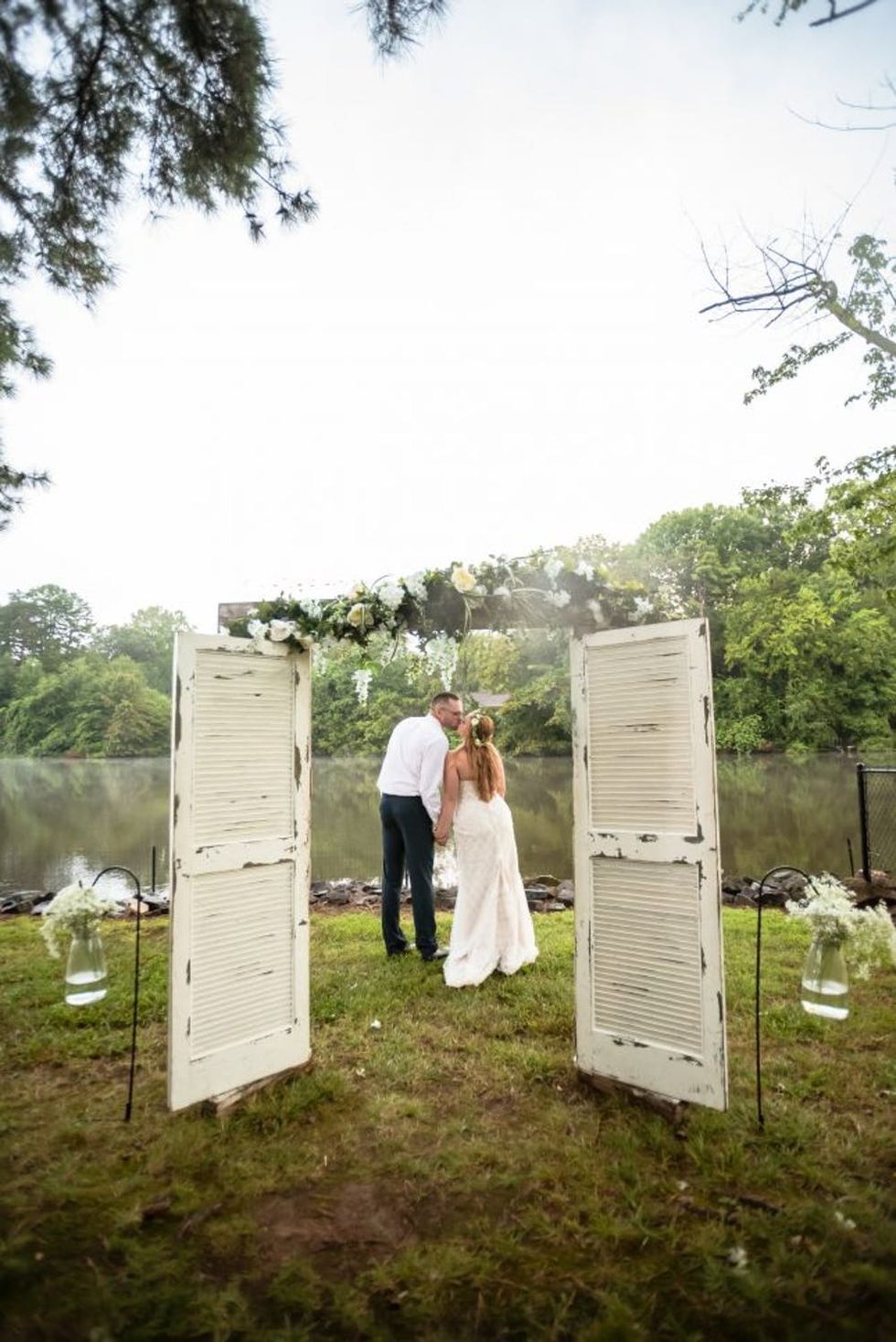
2. Spreadsheets are your new BFF. “Make sure you save all your vendor quotes in one place so you can keep a running tab. Being organized really will help take the stress off.” (Sara Bell Smith / Photo via Michelle Lyman Photography)

3. Invest on what’s important to you. “The first thing we did after getting engaged was sit down and figure out how much money we wanted to spend altogether. Photography was more important to us than florals, so we budgeted more money to photography and searched for vendors accordingly. As we found vendors and made purchases, we tracked it on a spreadsheet and adjusted our estimates. It’s important to us that we tracked every tiny little wedding-related purchase, so we could always see how much we’d spent and how close we were to the total budget. It meant we had to make sacrifices and say “no” to fun things because they didn’t fit in our budget, but it gave us so much peace of mind to know the spending was under control.” (Samantha Handel / Photo via Jake + Heather Photography)

4. Google (Doc) it. “Google docs were a lifesaver for us! We used the spreadsheet option and listed categories, used different color keys, and tracked each purchase in the document. Since Google docs are electronic, it was easy to keep a check on our budget and things we needed, even on the go!” (Monique Tuset)
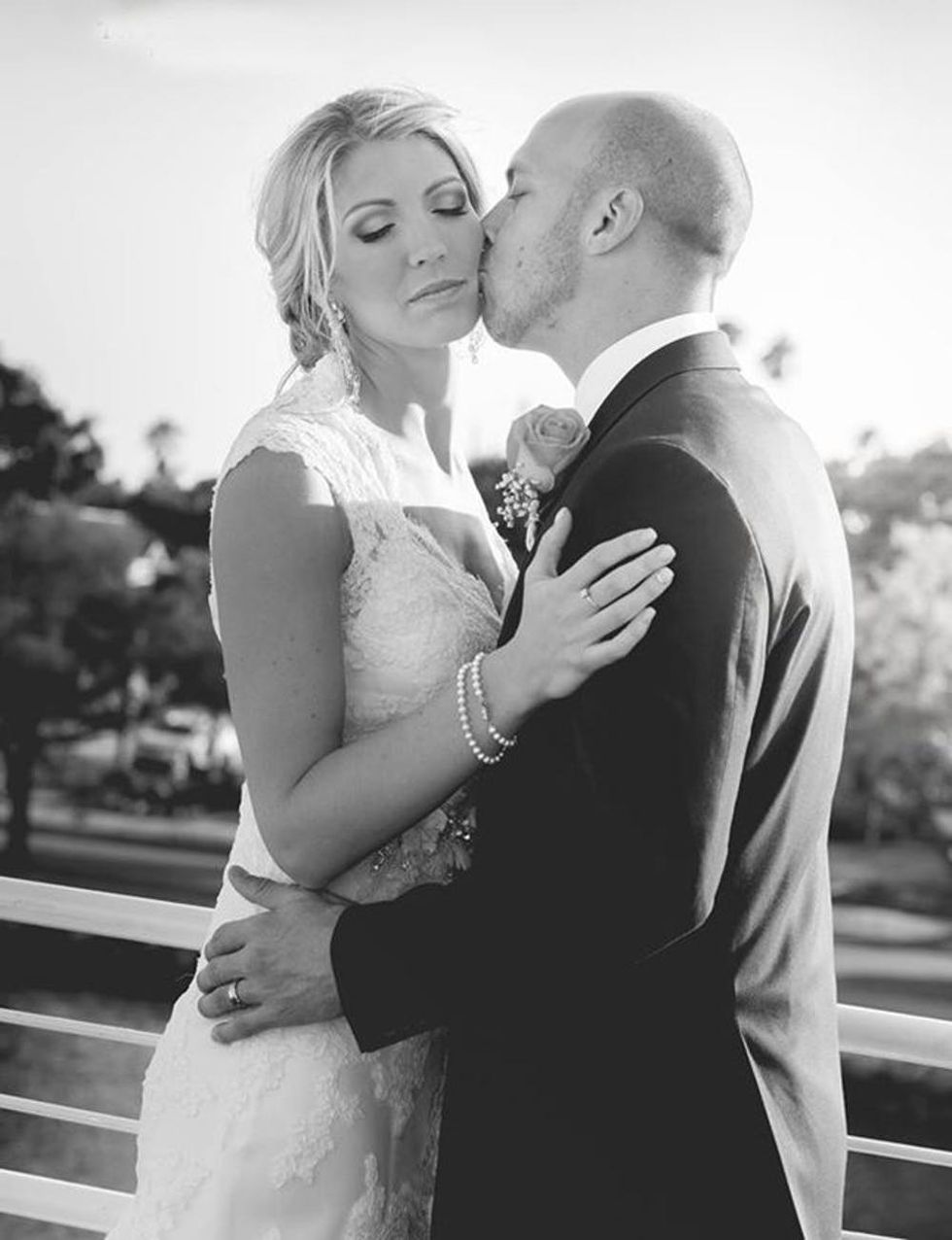
5. Underspend wherever possible, and allow for contingencies. “I made an Excel sheet when we first started planning with allocated amounts for everything. As we got into things, I entered in the actual amount spent in a new column. If I stayed under budget on anything, I moved that amount to our contingency fund… which was completely used up!” (Danielle Koesling / Photo via Taylor Noelle Photography)

6. Collaborate, if possible. “My fiance and I created a spreadsheet in Google Drive and shared it with my family, who are helping to pay for the wedding. That way, everybody can collaborate and see how we are spending our wedding budget. A shared spreadsheet is an easy way to keep everybody involved with budgeting on the same page.” (Heather Mahr / Photo via Athena Damianos Photography)

7. Share the details. “We made a Google spreadsheet! Using a living document was great because we were able to share it with my parents who were helping pay for various aspects of the day. While we were planning we anticipated costs, and then in the next column we put the actual cost. We also added additional miscellaneous costs like tips and the marriage license. It worked great for us.” (Alexandra Sanderhoff / Photo via Christina Karst Photography)
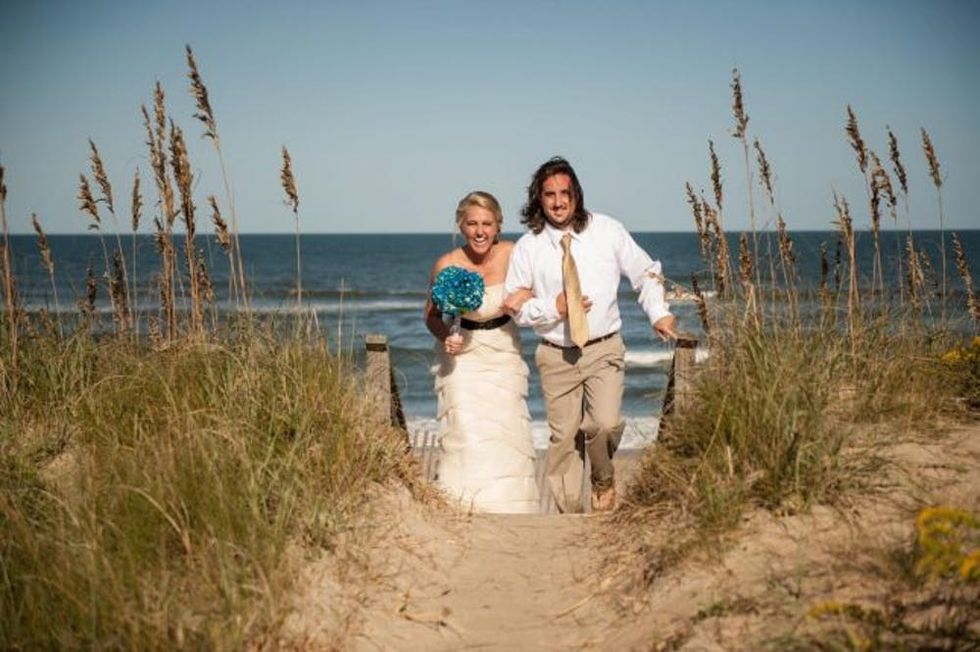
8. Prioritize, allocate, and negotiate. “The first thing my husband and I did when we sat down to kick off our wedding planning was set a budget. This not only included a dollar amount for us to stick to, but it required us to prioritize a list of wedding amenities that was most important to us. By doing this we could allocate and negotiate what our top spending line items were. Luckily, we both agreed that the venue was on the top of our list and we were willing to “break the bank” on that one item. We also stuck to a motto: In 10 years are we going to remember this detail? It’s hard to not get wrapped up in the hype and spend a lot of money on things that do not matter in the long run.” (Ashlea Hendricks)
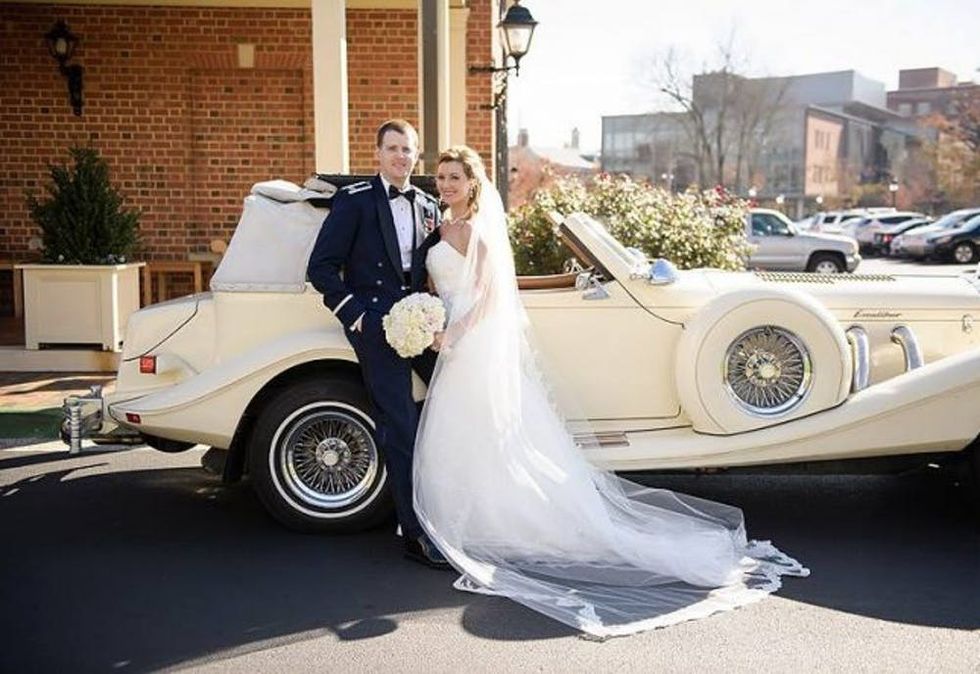
9. Figure out where to splurge. “The wedding has to revolve around a budget or else it’s very easy to go way over (which we may have done, therefore making it be somewhat of an unlimited budget…), but it’s best to write out all the costs. Deposits, total package costs, etc. Certain things may cost more than you initially thought. The flowers we wanted, for example, were $12K alone, but that was important to me so we splurged. A wedding budget is what you make of it, give and take, so if certain things are important to you, make it a priority on your special day.” (Katie-Ann Roach / Photo via Brian Mullins Photography)
Do you have any tips + tricks for tracking your wedding budget? Tweet us and follow us @Britandco for more wedding essentials!

















